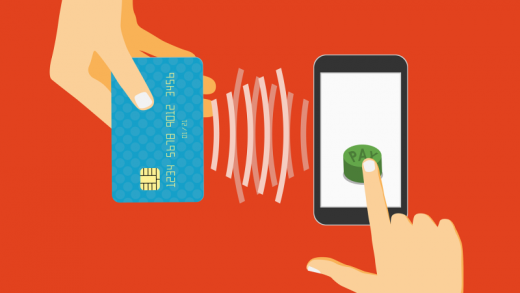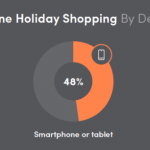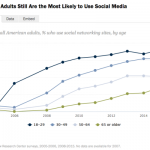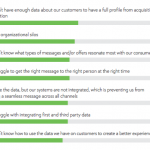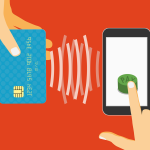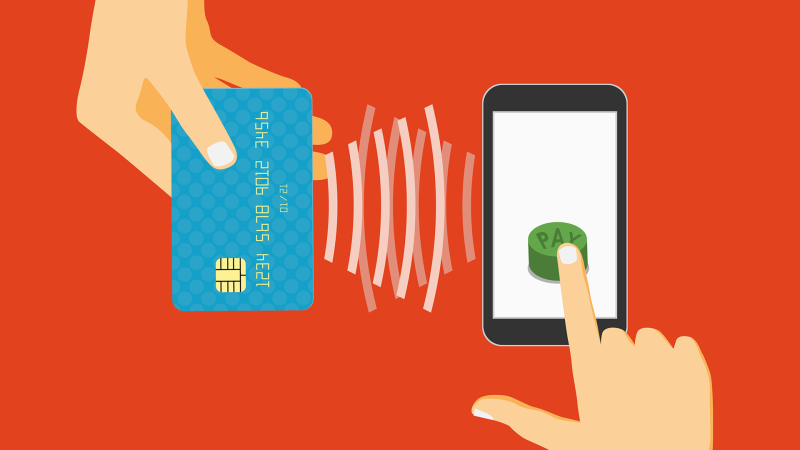Survey: Few nationwide retailers Take Apple Pay Or Intend To This 12 months
Lack of get entry to to information, coming retailer funds platform are boundaries.

Most outlets are notoriously conservative, even lethargic when it comes to adopting new applied sciences. There’s also a herd mentality within the trade and so exchange doesn’t come until competition compels it or chosen market leaders set a precedent that others want to follow.
Indoor place (e.g., beacons) must be rolling out much more quick — but isn’t. an identical sector is cellular funds.
in step with a survey from Reuters and the national Retail Federation (NRF), a big majority of the highest a hundred US outlets have no longer adopted Apple pay and don’t intend to this year:
whereas probably the most usa’s high merchants stated they use and like the mobile fee gadget, fewer than a quarter of the retailers mentioned they at the moment accept Apple Pay, and just about two-thirds of the chains said categorically they’d no longer be accepting it this year. best 4 firms mentioned they have got plans to enroll in the program within the subsequent 12 months.
causes stated by retailer-respondents for no longer accepting the Apple payments functionality are the following:
- perception of insufficient consumer demand
- Lack of get entry to to [customer] knowledge generated with the aid of Apple Pay transactions
- cost of required POS know-how improvements (although retailers are being required to improve this 12 months for different reasons)
- MCX/CurrentC — the aggressive retailer-coalition payments platform (no longer but launched)
amongst those cited, the two main obstacles to Apple Pay (and Android Pay via extension) are the aggressive CurrentC product, for you to be exclusive except 2016 and the dearth of get right of entry to to consumer transaction information. however just as the cellular carriers’ joint funds venture (ISIS/Softcard) struggled and in some way failed, CurrentC is prone to struggle to realize adoption.
From everything I’ve heard and read, it’s not being constructed with customers in mind. It’s being designed round retailer desires and interests: one of its goals is to disintermediate bank card issuers by way of tapping instantly into customers’ bank accounts. alternatively there are different reasons that it does make feel for shops to advance a shared app.
It’s highly unlikely that the CurrentC user expertise will probably be as just right as Apple Pay and adoption it will likely be modest. a better situation for all would be to compete directly with Apple and Android Pay in an open market fairly than blockading those products and services. That competitors would undoutedly encourage construction of a extra compelling payments product than the present CurrentC.
via comparison, shops that at the moment take Apple Pay (e.g., whole meals) file sure outcomes thus far. Anecdotal evidence and third celebration estimates also counsel that Apple Pay is being broadly used where it’s frequent, although it represents a quite small slice of transaction extent up to now.
whole meals has stated that Apple Pay is chargeable for 2 percent of gross sales. On an annualized basis that may mean $284 million in product sales, for which Apple would obtain something like $426,000. It has been estimated that Apple makes $zero.15 for each $100 of goods sold.
It’s no longer clear whether or not Apple Pay shoppers at whole meals are new or present buyers. the usage of myself as a “focal point group of one,” I retailer at complete foods more ceaselessly on account of Apple Pay.
There had been a lot of consumer surveys that indicate handiest a minority of Apple iPhone 6 owners have tried Apple Pay. This doesn’t mean there isn’t pent up consumer demand, especially amongst younger users, for extra convenient methods to pay in the true world. one of the crucial key options of Uber’s victory over the taxi business is the incorporation of friction-free cellular funds.
because of the exclusivity requirements of CurrentC it’s not likely that almost all major US outlets are going to rock the boat util that provision expires in 2016. At that point we will have to see broader adoption of Apple Pay and Android Pay for in-store transactions.
but Apple Pay and Android Pay will more and more be integrated into cell apps for e-commerce and online purchases with offline fulfillment (e.g., OpenTable).
cell payments will not be Google Glass; outlets shouldn’t take a “wait and spot” approach. We are more likely to observe a terrible competitive influence on retailers that fail (with the aid of design or prolong) to provide a easy and convenient mobile payments capability. The failure to get out in front of cellular payments won’t handiest put them at a aggressive disadvantage, it will damage model value. This also happens to retail brands that don’t offer a excellent smartphone person expertise.
It accordingly is unnecessary to be passive (or passive aggressive) within the face of a now inevitable trend. retailers must put their users first and make it straightforward for them to pay no matter approach they need: CurrentC, Android Pay, Apple Pay or PayPal. higher but innovate so that the retailer payments experience is best or simpler than Apple Pay.
That’s the way in which you win — now not by using being a protectionist.
(Some photography used under license from Shutterstock.com.)
advertising and marketing Land – web advertising and marketing information, strategies & tips
(114)

